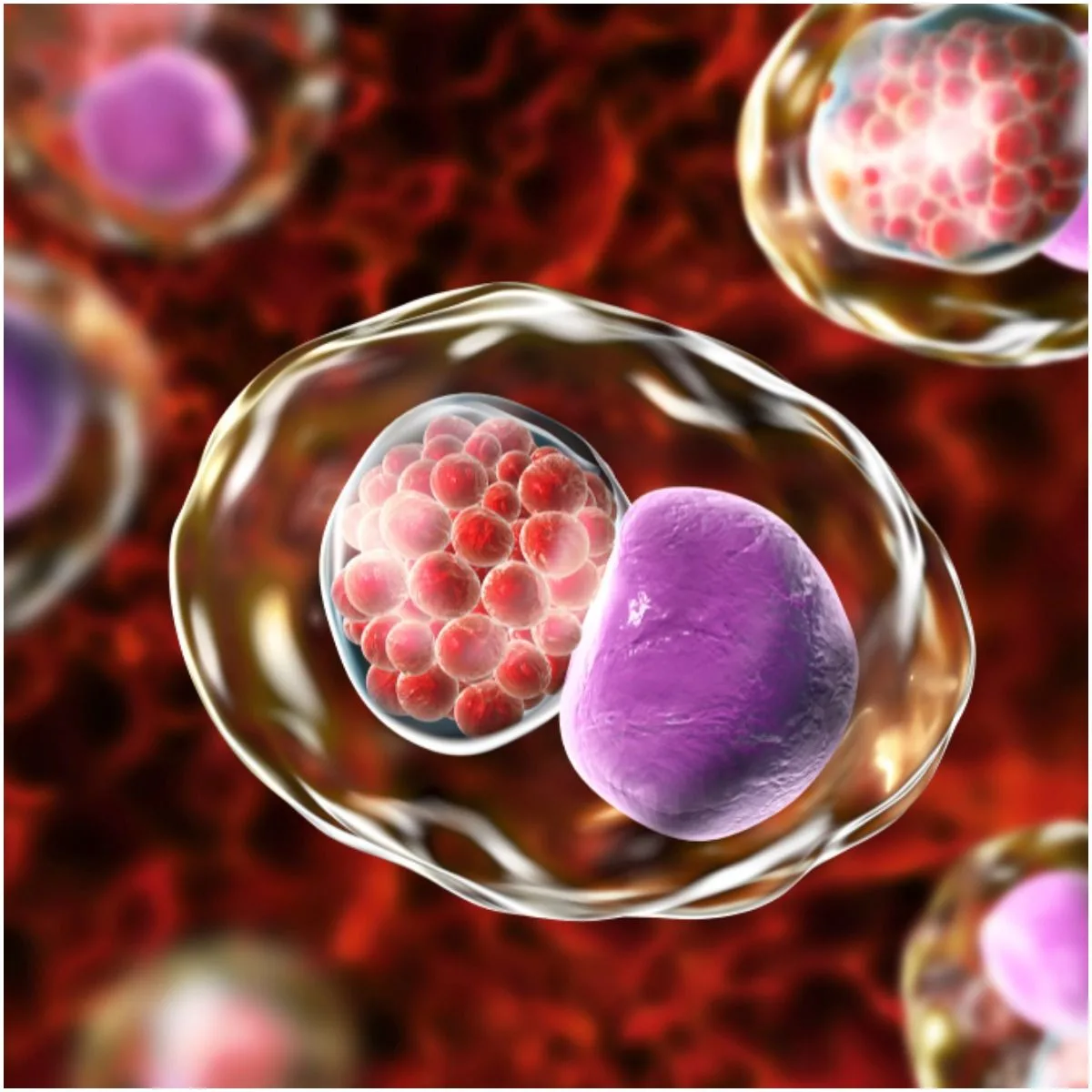Yeast Infection vs Chlamydia:
Introduction
Vaginal yeast infections and chlamydia are two common health problems that affect many women.
Here is a comparison of the two:
Yeast Infection
A yeast infection is a problem caused by the overgrowth of the fungus Candida albicans.
The yeast may infect the mouth, vagina, or other moist areas on the skin.
An estimated 80 percent of all women are likely to have at least one vaginal yeast infection during their lifetime. Also, about 45 percent have 2 or more episodes.
Chlamydia
It is a bacterial infectious disease that is transmitted when people have sexual relations.
It is actually the most prevalent bacterial sexually transmitted infection in the United States and worldwide.
Causes
Yeast Infection
It usually occurs when the fungi which live regularly within our body starts to multiply and grow out of control.
Some possible causes for this include:
Immune Response
A weakened immune system caused by other diseases (such as AIDS or cancer) or emotional stress can make it significantly difficult to fight off Candida which is overgrowing.
Underlying Conditions
Poorly controlled type 2 diabetes mellitus can make a woman more likely to develop a vaginal yeast infection, since higher blood glucose levels may promote Candida growth.
Hormone Imbalance
Changing hormone levels can lead to yeast infections.
Hormone imbalances can occur at any time in your life, not just related to early menopause.
Antibiotics
Yeast infections may also develop after taking antibiotics.
This happens because these prescription medications may kill some of the body’s good bacteria, like – Lactobacillus acidophilus – a bacterium that maintains a healthy balance of beneficial microorganisms in the vagina.
Chlamydia
It is an infection caused by the Chlamydia trachomatis – small, gram-negative, obligatory intracellular bacteria.

Kateryna Kon/Shutterstock
Over 2.86 million Chlamydia infections occur annually in the United States, according to the Centers for Disease Control and Prevention.
With 580 new cases per a 100,000 population, Mississippi has one of the highest rates of this sexually transmitted infection in the US.
Symptoms
Yeast Infection
In women, common symptoms include:
- pain at the opening of the vagina when they have sex;
- a burning feeling during urination;
- swelling and redness of the vagina and area near the vagina;
- itching in and around the vagina;
- a discharge from the vagina which looks like cottage cheese.
Important note – some women have no symptoms.
Chlamydia
It often causes no symptoms and may be unknowingly passed on to sexual partners.
Actually, approximately 50 percent of infections in men and 75 percent in women are without symptoms.
Common symptoms in women include:
- discharge from the vagina;
- burning pain during urination;
- lower abdominal pain;
- bleeding between menstrual periods;
- bleeding after sexual relations.
Important note – having multiple chlamydial infections increases a woman’s risk of reproductive health complications, such as – ectopic pregnancy (when a pregnancy grows outside of the uterus) and pelvic inflammatory disease (an infection of the uterus).
Diagnosis
Yeast Infection
During the physical exam, the healthcare professional collects and examines vaginal secretions, which are viewed under a microscope to detect the presence of Candida albicans.
Chlamydia
This STD is best diagnosed by examination and polymerase chain reaction testing in a laboratory of a sample of urethral or cervical discharge.
Treatment
Yeast Infection
OTC antifungal vaginal creams and suppositories are effective for many women suffering from a vaginal yeast infection.
Furthermore, these are a safe choices during pregnancy.
Chlamydia
To eliminate the Chlamydia trachomatis bacteria, healthcare providers commonly prescribe doxycycline or azithromycin. These antibiotics are taken as follows:
- doxycycline – given as 2 capsules a day for seven days;
- azithromycin – given as 2 or 4 tablets at once.
In most cases, this STI resolves in seven to 14 days. Also, your sexual partner should get treated for chlamydia, so you don’t re-infect each other.
If you had the 1-day course of azithromycin, it is recommended that you avoid having sex for seven days after the treatment.
ALSO READ: Facts About Tay-Sachs Disease
Prevention
Yeast Infection
Here are some things you can do to help prevent a vaginal yeast infection:
- avoid using perfumed or colored toilet paper since these items may affect the balance of acidity in the vagina;
- do not use tampons, deodorant sanitary pads, or feminine hygiene sprays;
- do not douche;
- do not smoke tobacco (also, avoid second-hand smoke);
- change out of wet swimsuits as soon as you can;
- use your blow dryer on a low, cool setting to help dry your genital area after you shower;
- do not wear pantyhose every day;
- avoid junk food and have a regular diet rich in fruits and vegetables;
- wear cotton panties;
- reduce your stress levels;
- do not wear clothing made out of synthetic material.
READ MORE: Interesting Facts About Surgeons
Chlamydia
To reduce the risk of getting this sexually transmitted infection, it is recommended to limit the number of sexual partners and use a condom each time you have sex.
Yeast Infection vs Chlamydia – How Are Their Symptoms Different?
Yeast infections usually occur when the balance of microscopic organisms that normally co-exist in the body becomes unbalanced.
Symptoms may include:
- pain in the vulva and vagina;
- redness and swelling of the vulva;
- irritation during sexual intercourse or urination;
- changes in the vaginal discharge;
- itching in or around the vagina.
Most women will have at least one episode of vaginal yeast infection during their lives.
Chlamydia is a sexually transmitted infection (STI) and the most common sexually transmitted disease in the US.
Symptoms may become noticeable 1 to 3 weeks following infection and may include:
- rectal pain and bleeding;
- pain in the lower abdomen;
- burning and pain during urination;
- bleeding following sexual intercourse;
- pain during sexual intercourse;
- unusual discharge from the vagina.
Featured image credit – Shutterstock
READ MORE: Interesting Facts About Syphilis
Sources http://sti.bmj.com/content/80/5/342 http://www.soc.ucsb.edu/sexinfo/article/yeast-infections
